Flying squirrels don’t fly like birds; they glide from one place to another, and doing this, they look adorable.
Flying squirrels, a captivating group of rodents, evoke images of small, furry creatures soaring gracefully through the forest canopy. Let’s delve into the fascinating world of these gliding acrobats.
What are flying squirrels?
Despite their name, flying squirrels do not truly fly like birds or bats. Instead, they glide between trees using a unique adaptation: a membrane called a patagium. Their furred skin stretches from their wrists to their ankles, allowing them to glide effortlessly from one tree to another. During these aerial maneuvers, their long tails provide stability.
Anatomy and Adaptations
Anatomically, flying squirrels closely resemble other squirrels. However, they have several adaptations to suit their gliding lifestyle:
Longer limb bones
The hand bones, foot bones, and distal vertebrae are shorter.
A specialized cartilage projection from the wrist that aids in gliding
The manus and this cartilage form a wing tip, allowing control over aerodynamic movements.
Gliding Abilities
Flying squirrels can achieve impressive glides, covering distances of up to 90 meters (300 feet). During flight, they adjust their positions by changing the angles of their limbs, primarily controlled by the wrist bones. Interestingly, other gliding mammals do not possess this specialized cartilage, which is unique to flying squirrels.
Dietary and behavioral
Most flying squirrels are nocturnal and omnivorous. Their diet includes:
Fruit
Seeds
Buds
Flowers
Insects
Gastropods
Spiders
Fungi
Bird eggs
Tree sap
Young birds
These agile creatures care for their young in nests. Newborns are initially naked and helpless, but by five weeks, they practice gliding skills. By ten weeks, they’re ready to leave the nest and explore their treetop habitat.
Domesticated Pocket Pets
Some captive-bred southern flying squirrels have become popular for small household pets. These adorable “pocket pets” capture hearts with their gliding abilities and endearing personalities.
In summary, flying squirrels may not truly fly, but their gliding prowess and adaptations make them remarkable inhabitants of our forests. Next time you’re in the woods, keep an eye out for these graceful creatures gliding silently through the night!
Let’s see more interesting facts about flying squirrels:
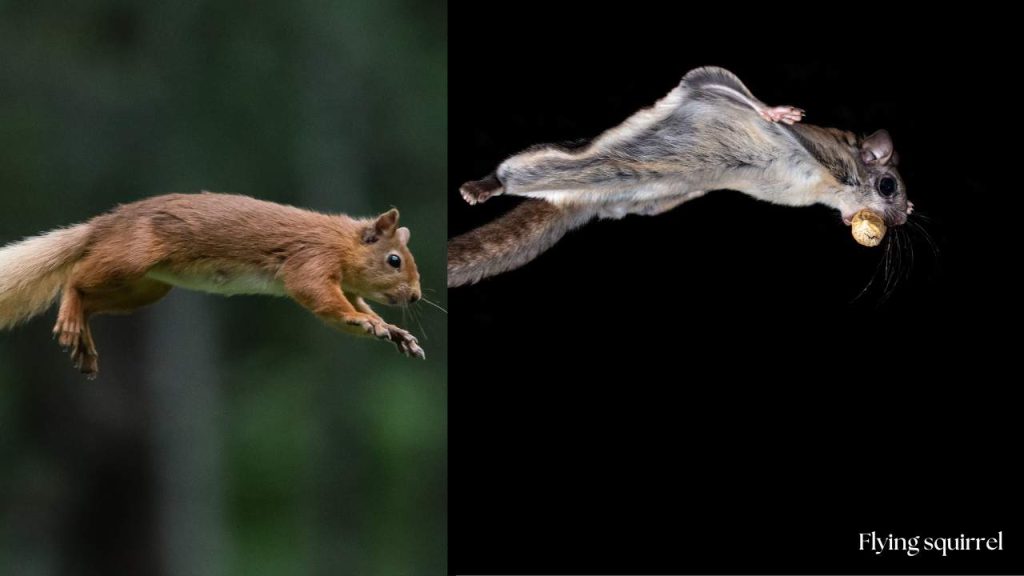
Facts about flying squirrels
Flying squirrels have big, round eyes that make them cute. The big eyes make their night vision clear and visible so they can easily find some food.
Some researchers found that flying squirrels glow in the dark. Flying squirrels glow in the pinkish shade and the undersides shine more than the overall body.
A flying squirrel has two limbs connected that look like a parachute and are also called “patagia.”. It helps them with gliding and balancing.
Flying squirrels can easily glide more than 150 feet and turn 180 degrees.
More than 80% of flying squirrel species are available in Asia.

Female flying squirrels are said to be protective mothers for their babies.
Flying squirrels spend much time in their nests, so they can deal with any type of climate change.
Some flying squirrels can be huge and heavier than a housecat, and when they open their wings, they may threaten you.
Flying squirrels have sharp toes and sharp teeth that help them climb trees.
The lifespan of a flying squirrel can be between 18 and 20 years.
FAQs
How do flying squirrels glide?
Flying squirrels can achieve impressive glides, covering distances of up to 90 meters (300 feet). During flight, they adjust their positions by changing the angles of their limbs, primarily controlled by the wrist bones. Interestingly, other gliding mammals do not possess this specialized cartilage, which is unique to flying squirrels.
Are flying squirrels domesticated as pets?
Some captive-bred southern flying squirrels have become popular for small household pets. These adorable “pocket pets” capture hearts with their gliding abilities and endearing personalities.
What makes flying squirrels unique?
Flying squirrels have a flap of loose skin called a patagium that allows them to glide through the air. They can make 180-degree turns mid-air and land safely on their padded feet. Additionally, they are nocturnal and have adapted to life in the dark with large eyes and the ability to fluoresce at night.
Remember, while they may not truly fly, their gliding prowess and adaptations make them remarkable inhabitants of our forests!

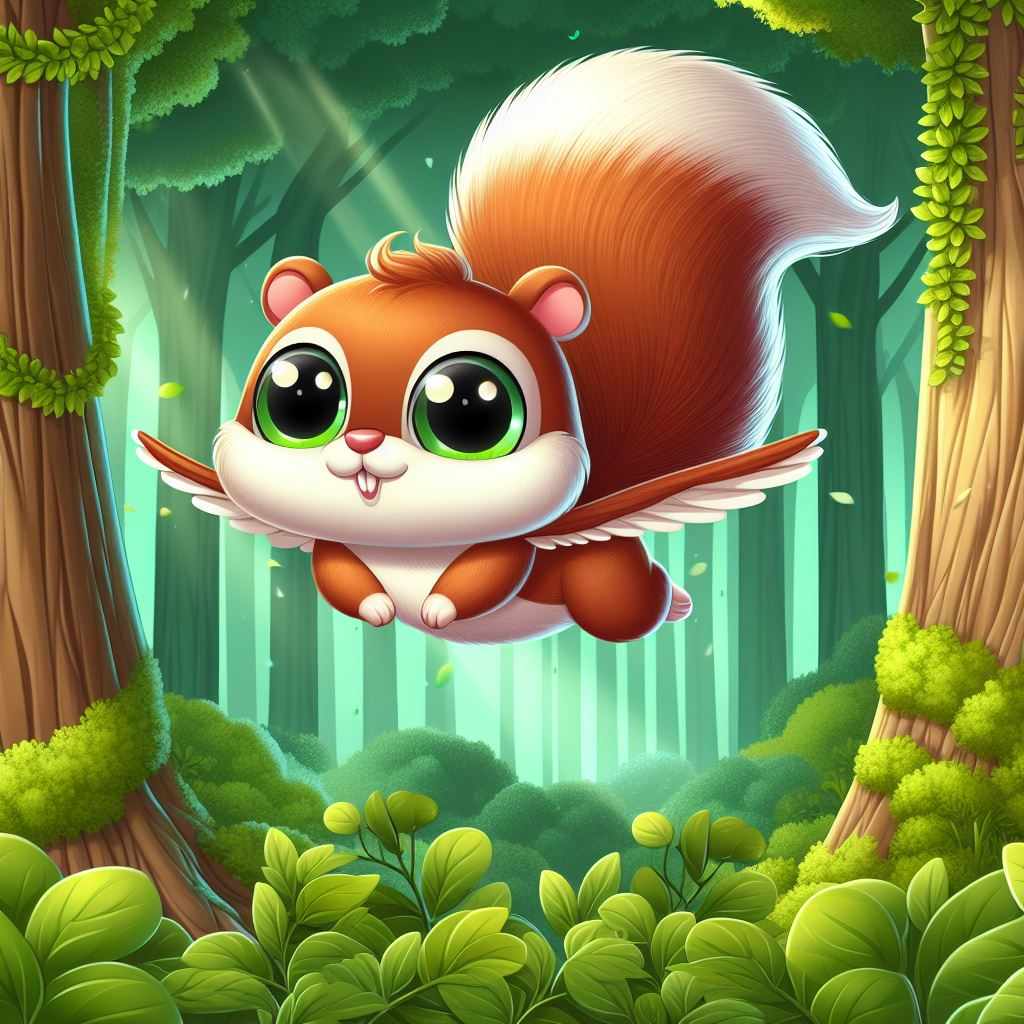
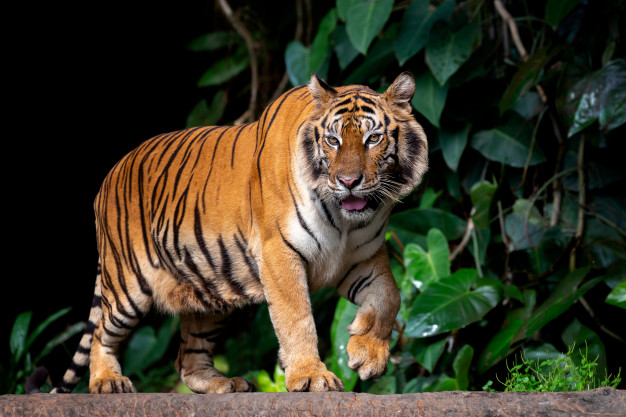
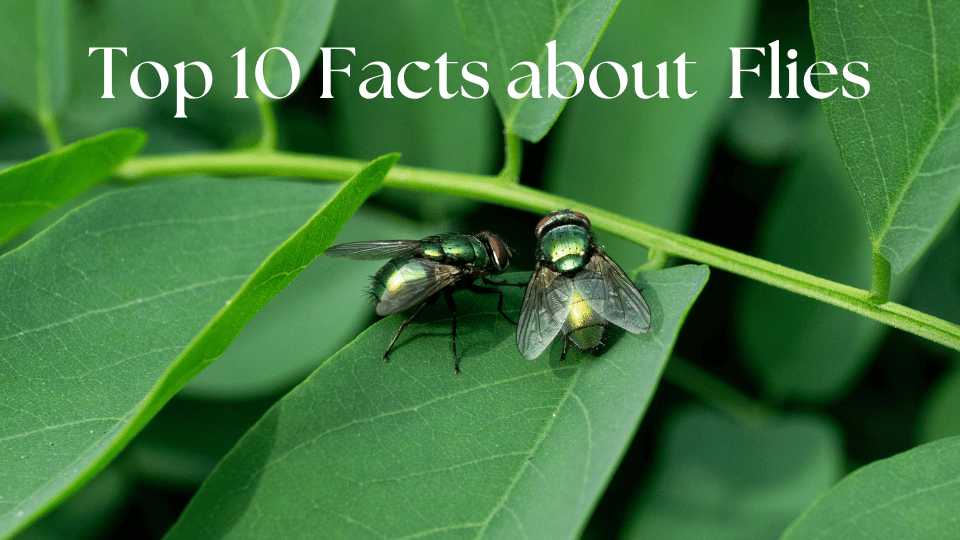
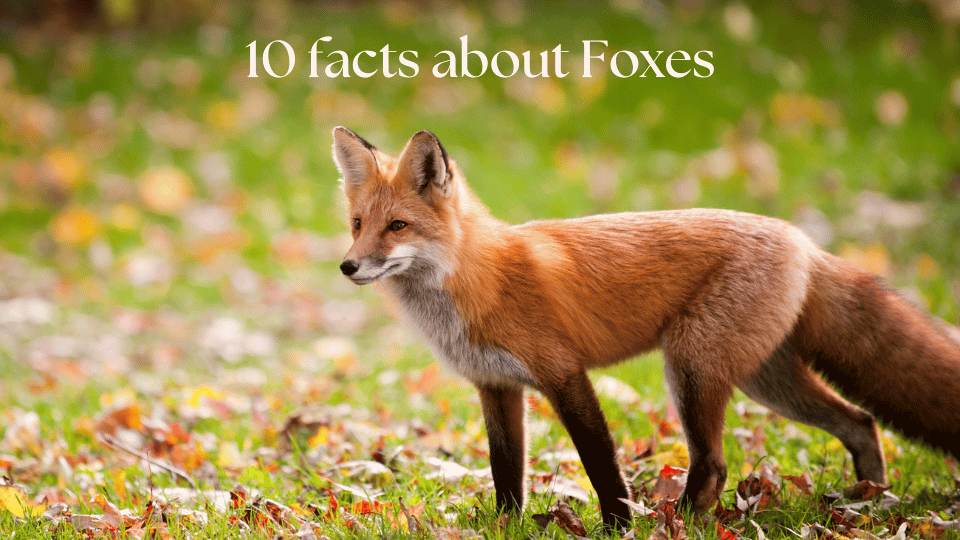
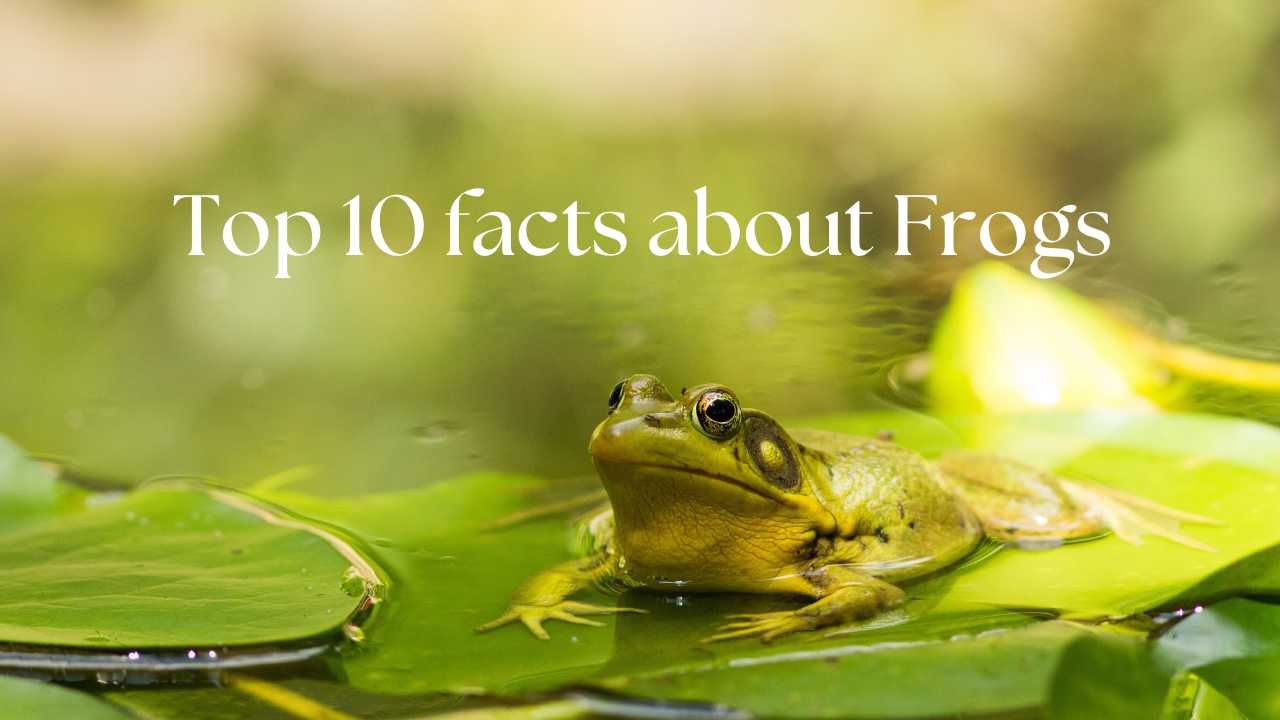
One Comment
Fly squarl